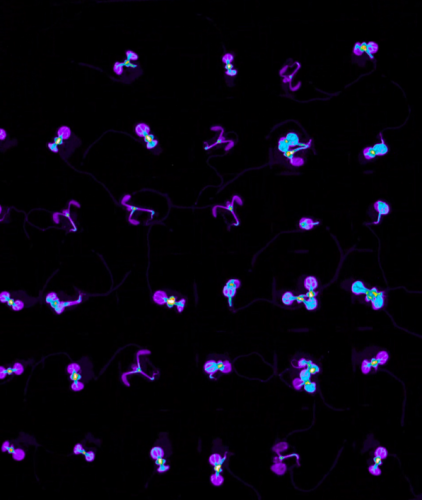Circadian rhythms are biological clocks that regulate all organisms’ day-night cycles. Professor Josh Gendron and his team recently shed light on how Arabiposis plants regulate their circadian clocks according to sunlight exposure. Although it was known that when Zeitlupe (ZTL)—photoreceptor protein that helps plants detect when the sun sets—becomes active, it breaks down its targets and then itself, scientists did not know how ZTL is regulated.
Gendron’s research team discovered a three-protein complex that includes ZTL, GIGANTEA (GI) protein, and UBP12 or UBP13 proteins. This complex allows ZTL to remain stable during the day because GI prevents ZTL from degrading other proteins and breaking itself down. At dusk, GI falls off the complex along with its associated proteins, thus activating ZTL and setting off the night-related plant functions. “This is the first time there’s been a light-regulated association of these kinds of proteins,” Gendron said. “What’s interesting is that one protein is trying to degrade other proteins while the other protein is trying to stabilize them.”
This oppositional relationship between the proteins could have implications for the future of genetically-modified crops. According to Gendron, their research separates “daylength from temperature signals,” which may help with changing GMO crops’ reproduction schedules. Due to climate change, the weather is warmer for longer, so plants are entering a winter phase too early in the year. Discovering how plants tell time might make it possible to genetically alter this protein complex so that crops can grow for longer into the fall season, significantly increasing yields.

